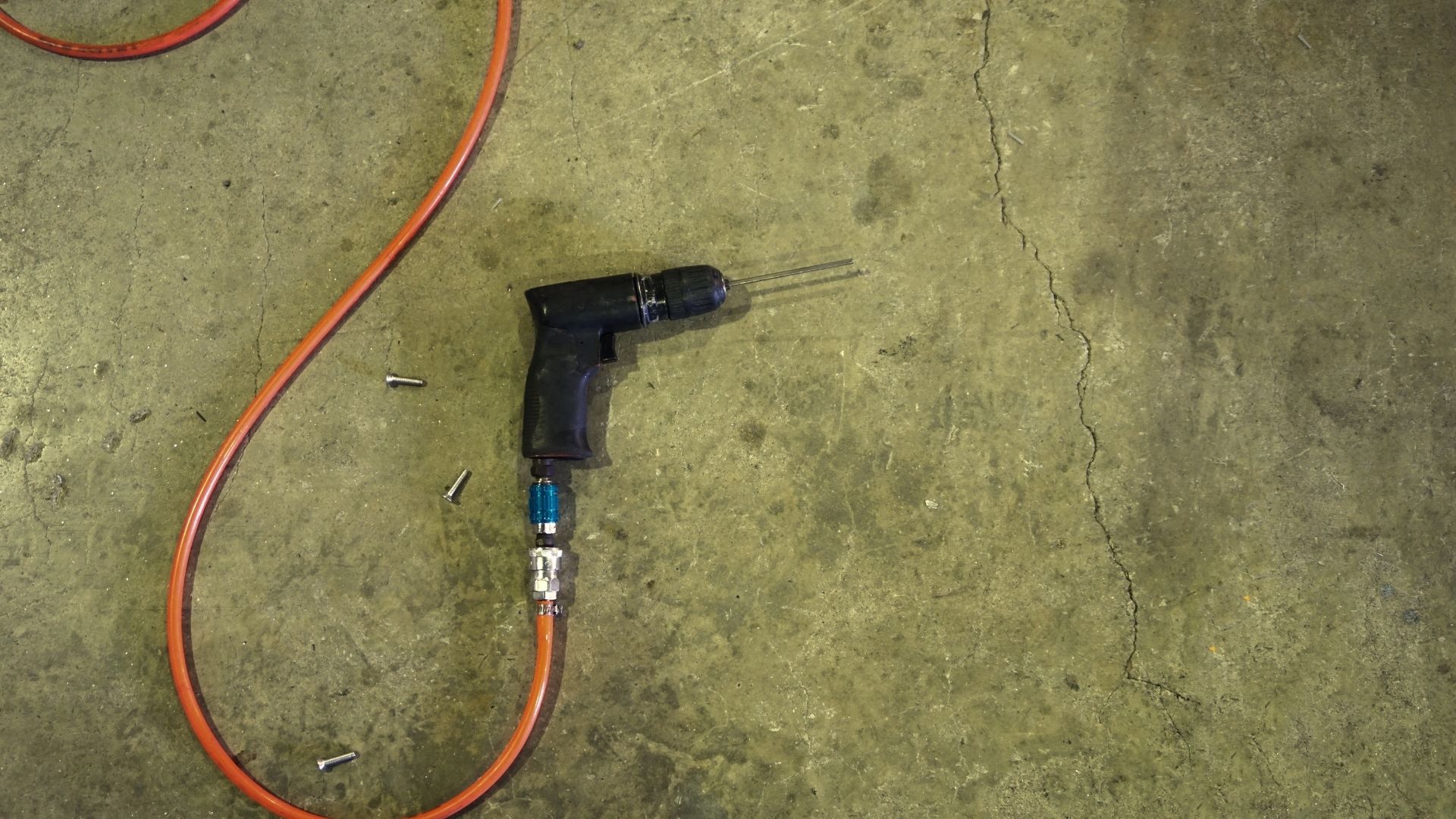Most people have seen or used reciprocating air compressors before. However, some aren’t aware of rotary screw air compressors. These compressors use a rotary-type positive-displacement mechanism and can produce high volumes of pressurized air. Rotary screw air compressors are typically used in industrial and commercial applications.
How Rotary Screw Air Compressors Work
The way a rotary screw compressor works is quite different from a reciprocating air compressor. The rotary screw air-end uses a continuous sweeping motion to generate compression, and unlike reciprocating compressors, there’s minimal surging of flow.
Rotary screw compressors typically use two intertwined spiral-shaped screws (called rotors) to compress air. These rotors are precisely built with an insulation design. The interlocking rotors move the air or gas farther along the chamber as each one rotates.
Many rotary screw chambers are smaller near the discharge side, where trapped air is squeezed and consolidated into a highly pressurized final state. The air is then stored in a discharge chamber, where it can also be released immediately in concentrated form.
A rotary screw compressor’s overall design is similar to what you’d find in most positive-displacement machines. Fluids or gasses are captured and converted using the larger intake side but released via a smaller, more condensed exit side.
Functioning Steps of a Basic Rotary Screw Air Compressor
A rotary screw air compressor functions through the following most basic steps.
- The opening valve sucks air into the compressor chambers, where two screw rollers reside. Once the machine is on, both rollers rotate at high-speeds, compressing air between them.
- As both rollers spin, the air is trapped and isolated between roller divots. Then, it moves down the chamber.
- The chamber is much smaller, farther away from the opening valve. That causes the room available for trapped gas to decrease, but the amount remains the same.
- Pressurization builds up as the air is condensed, causing the discharge valve to open. That moves the pressurized air out for use or into a storage tank. At this point, you have compressed air.
- Control schemes (electric operating systems) manage the outputs. These systems can be programmed and tailored to the particular use case. Control schemes come in different modulations and adjustments, which can affect a rotary screw air compressor’s operating capacity.
Industries Depend on Rotary Screw Air Compressors
Few products are more versatile and critical to getting the job done than rotary screw air compressors. These compressors are modern-day, industrial-grade machinery that helps make all sorts of things possible. Rotary screw air compressors are powerful units that many rely on for accomplishing various demanding tasks. Without them, many industries, such as construction, railways, or manufacturing, would have operational challenges.



